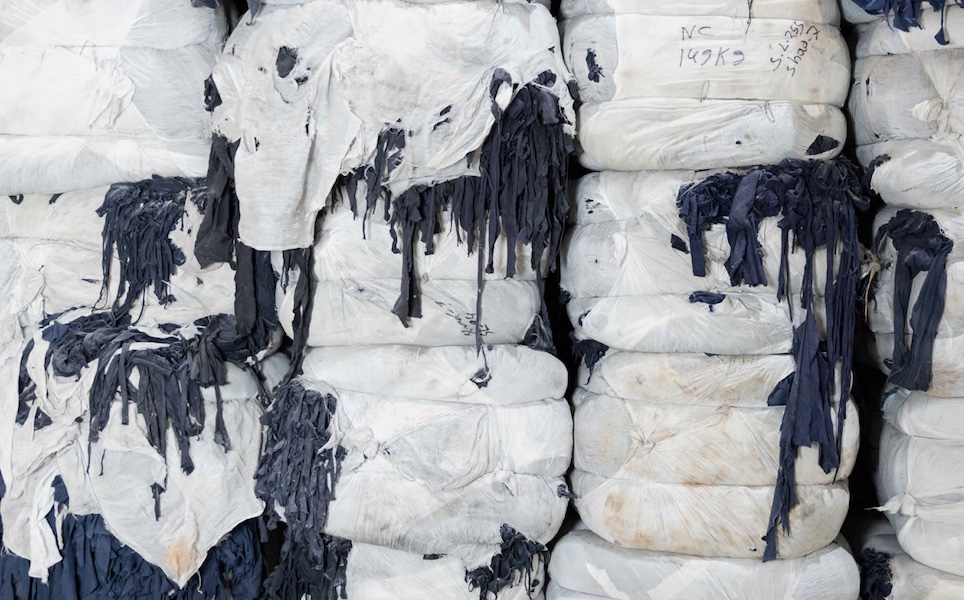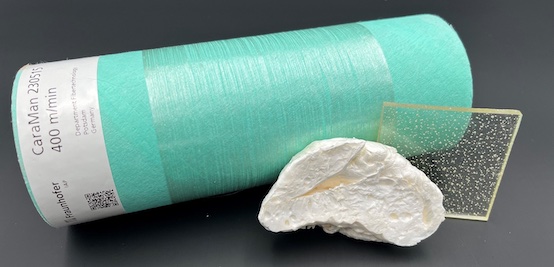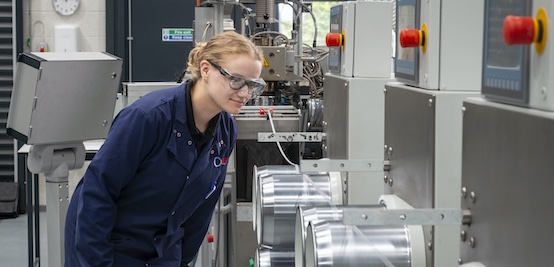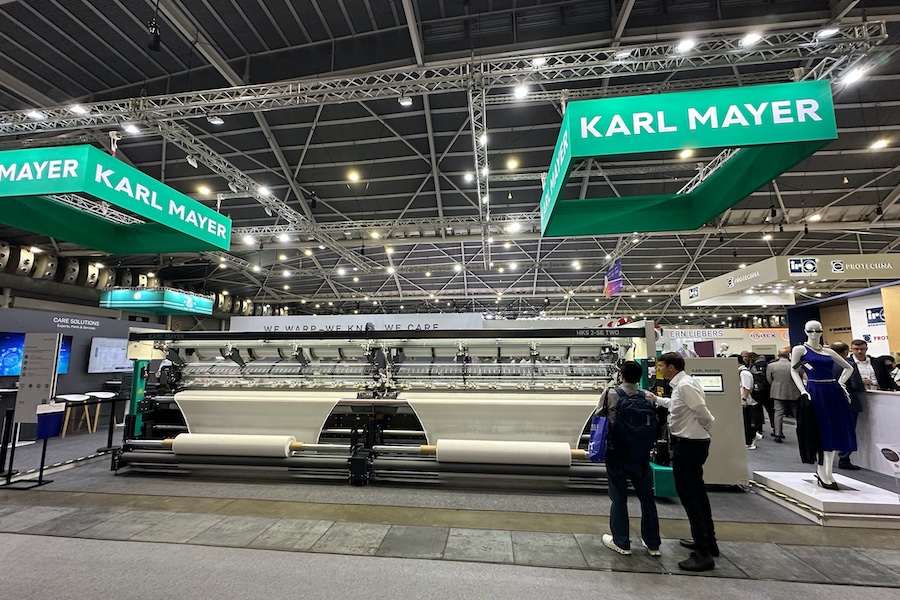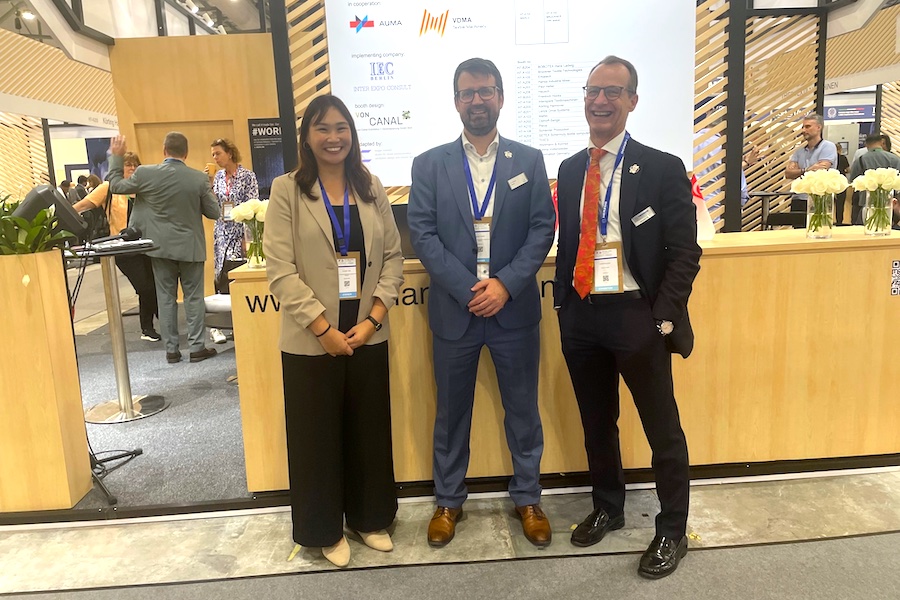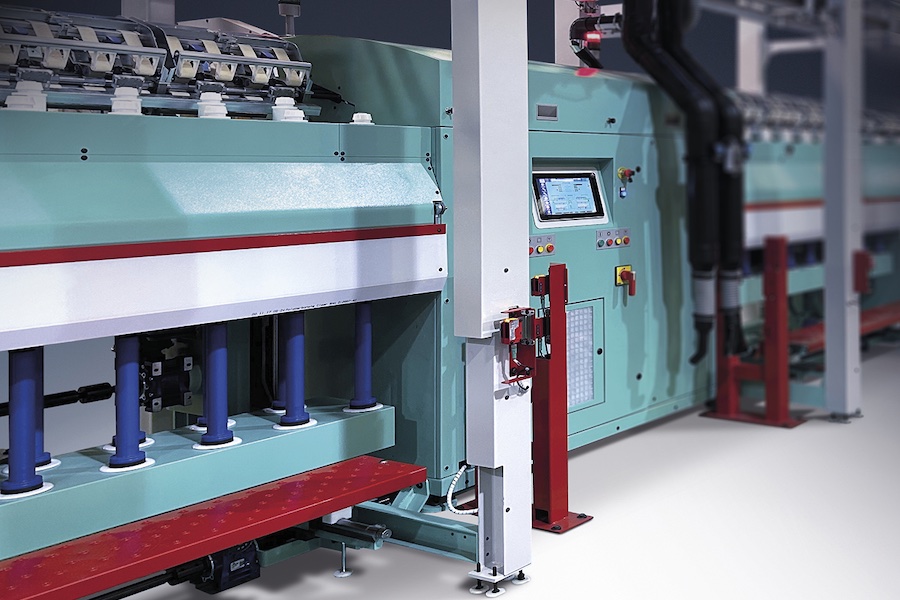#Yarn & Fiber
Textile Exchange’s Material Change Insights report highlights the need for systems change to support more sustainable materials sourcing
The report analyses data submitted by 424 companies – including brands, retailers, manufacturers and suppliers – through Textile Exchange’s Materials Benchmark for the year 2021. It provides insights on materials uptake, as well as alignment with climate and nature goals and the transition to a circular economy.?
This year’s results highlight the following trends:
• The uptake of preferred materials continues to rise, now representing 56% of materials used by participating companies.
• Recycled materials grew to 14% of all materials used, with 4% of recycled content coming from post-consumer textile sources.
• Greenhouse gas emissions rose by 5% in Tier 4 following a dip during the pandemic, marking a return to normal levels of business.
• The area of land covered by sustainability standards sits at 18.3% of the total estimated land footprint for three key land-based materials (cotton, wool, and manmade cellulosic fibers).
• Transparency of sourcing regions is a necessity to understand place-based risk, and 47% of materials are currently traceable to the country of origin.
• Circular business models continue to develop, with 73% of companies trying this route and rental being the most popular solution.
The Materials Benchmark also tracks the progress of participants that have signed up to Textile Exchange’s 2025 Sustainable Cotton Challenge and 2025 Recycled Polyester Challenge. Results show that 73% of all cotton sourced by 2025 Sustainable Cotton Challenge participants in 2021 came from programs and initiatives recognized by the challenge. Meanwhile, 27% of Recycled Polyester Challenge participants were already using over 45% recycled polyester in 2021.
The results offer promising evidence that companies are thinking, strategizing and building capacity around more sustainable sourcing. However, change is not happening fast enough, nor systemically enough, to achieve the reductions needed to reach Textile Exchange’s 2030 target of a 45% reduction in greenhouse gas emissions from materials production, while driving positive impacts on soil health, water, and biodiversity.
To move forward, more effort is required on three horizons: individually from companies in the industry, collectively from companies working together, and externally from governments, financial institutions and other enablers who define the context the industry operates in.
Liesl Truscott, Director of Insights and Accountability at Textile Exchange, said: “Individual and incremental company change have been the hallmarks of progress in the early years of transition for the fashion, textile and apparel industry. That must continue and increase in pace and impact, but it’s time to start looking to wider horizons to achieve the holistic change and just transition that we need.”
Read the full report
https://mci.textileexchange.org/insights/
Visit the Material Change Index dashboard
https://mci.textileexchange.org/dashboard/
Visit the Challenges Dashboard
https://textileexchange.org/challenges-dashboard/
The 2023 Materials Benchmark survey is now open
As the largest peer-to-peer comparison initiative in the fashion, textile, and apparel industry, the Materials Benchmark is an important tool to map progress and drive a race to the top.
This year Textile Exchange has made some improvements to the benchmark survey framework to help track progress toward its Climate+ goals. Extending the focus beyond solely increasing the adoption of preferred materials, questions will now look at progress, targets, monitoring, and reporting across climate, biodiversity, freshwater, ocean, land use, and soil health.
This is intended to measure and accelerate the industry’s prioritization of climate and nature in raw materials management and sourcing, which will bring long-term business benefits, more resilient livelihoods, improved health and wellbeing for communities, and safer interfaces between wild and managed lands and species.
This framework will run from 2023 to 2025, and participants are encouraged to commit to reporting for the full three years to benefit from progress tracking and trend analysis that can be made through confidential scorecards.



